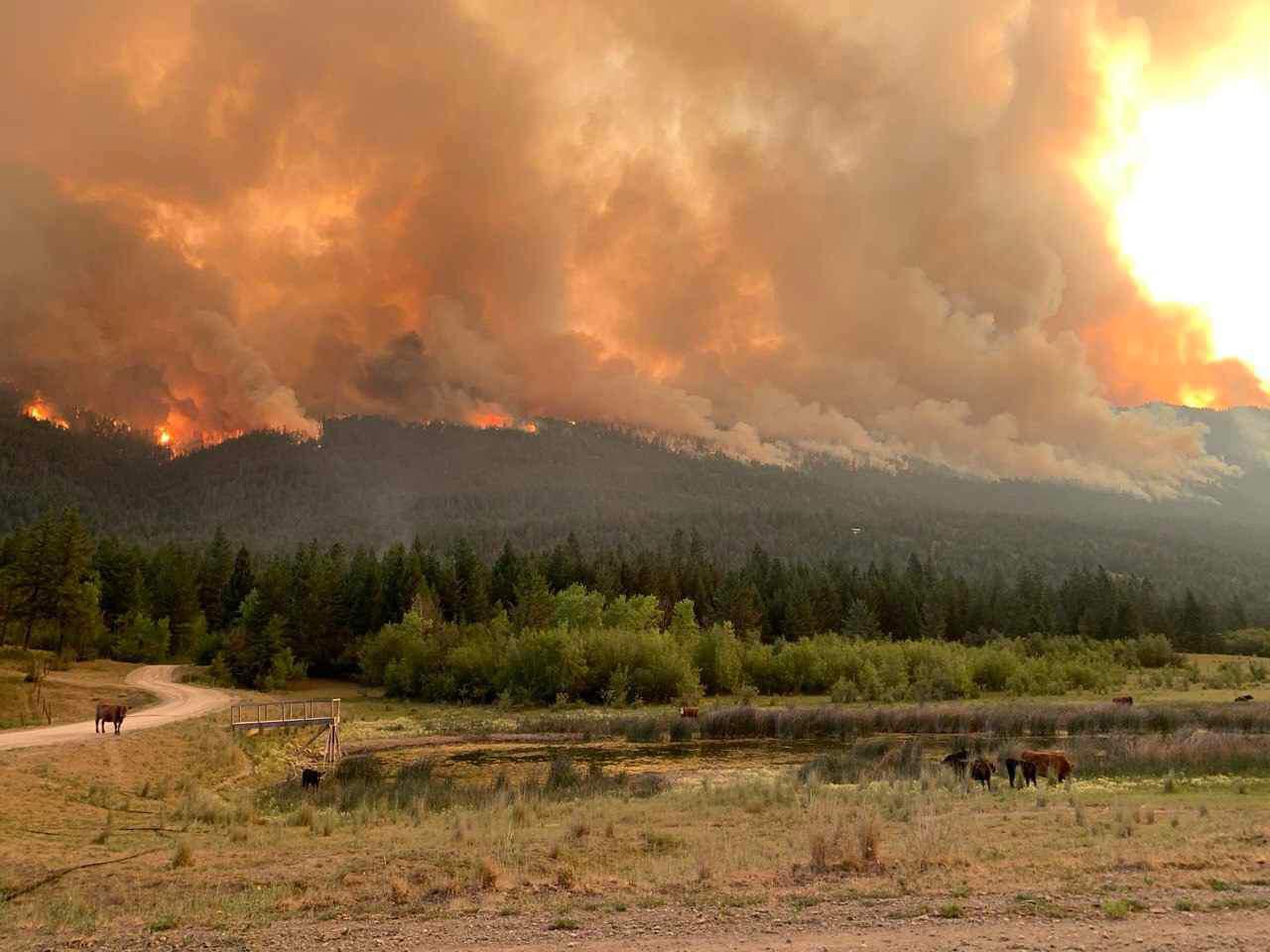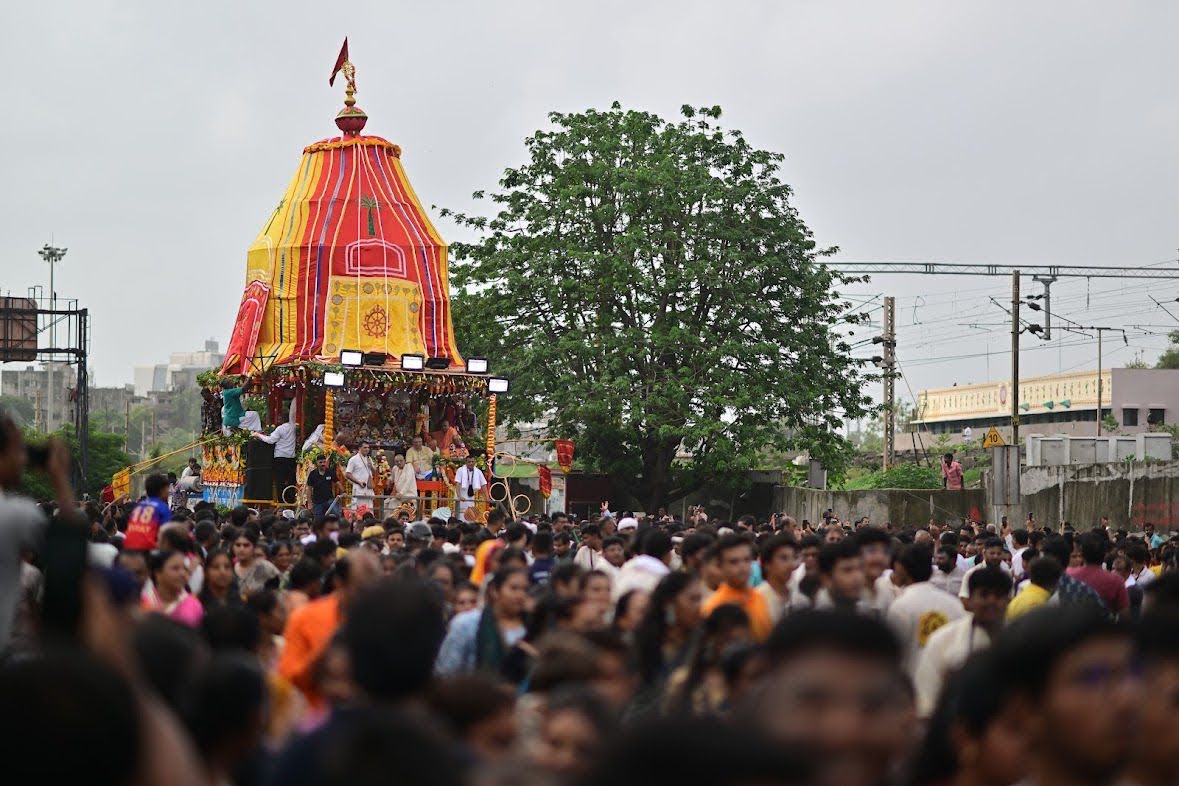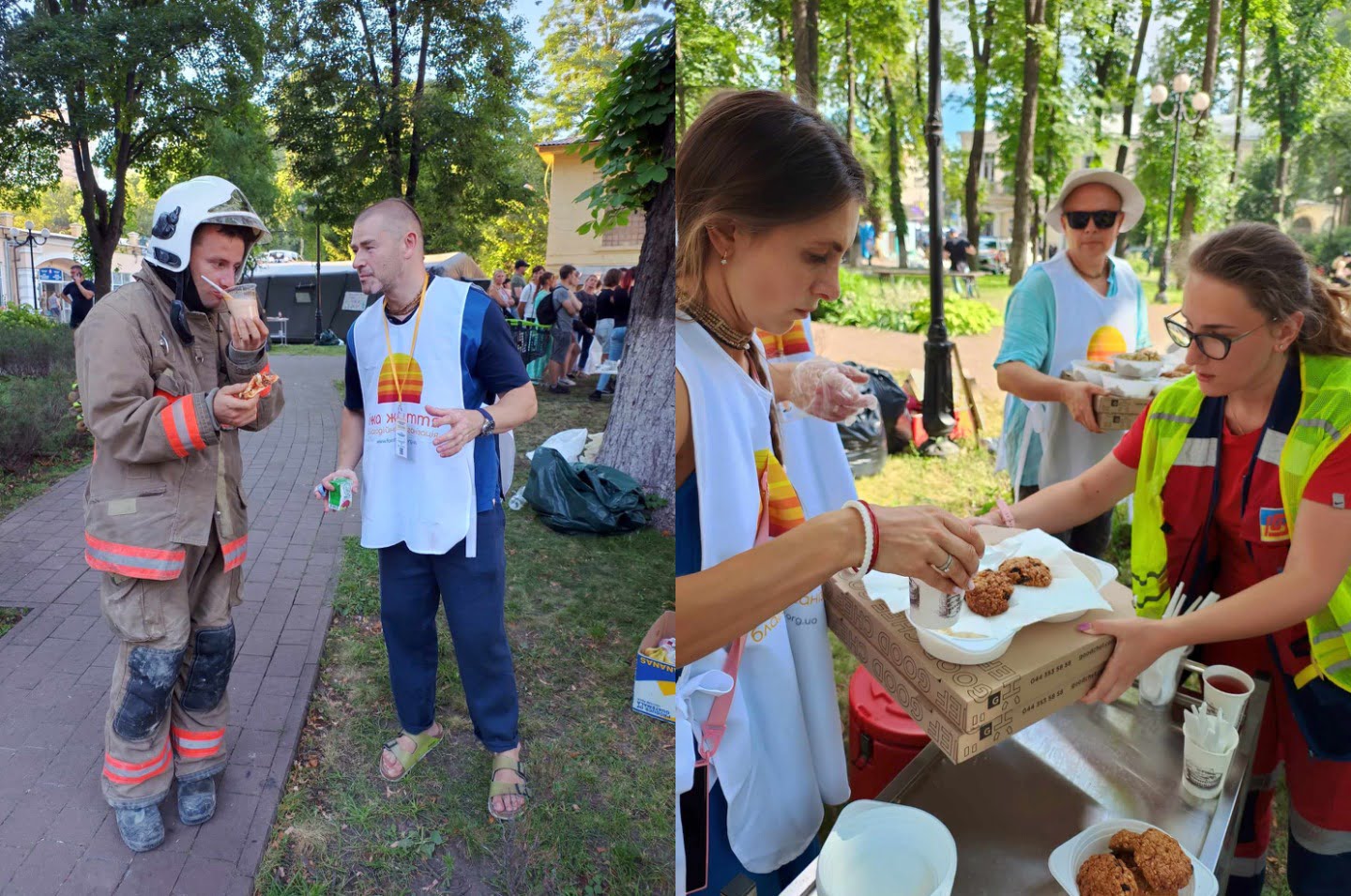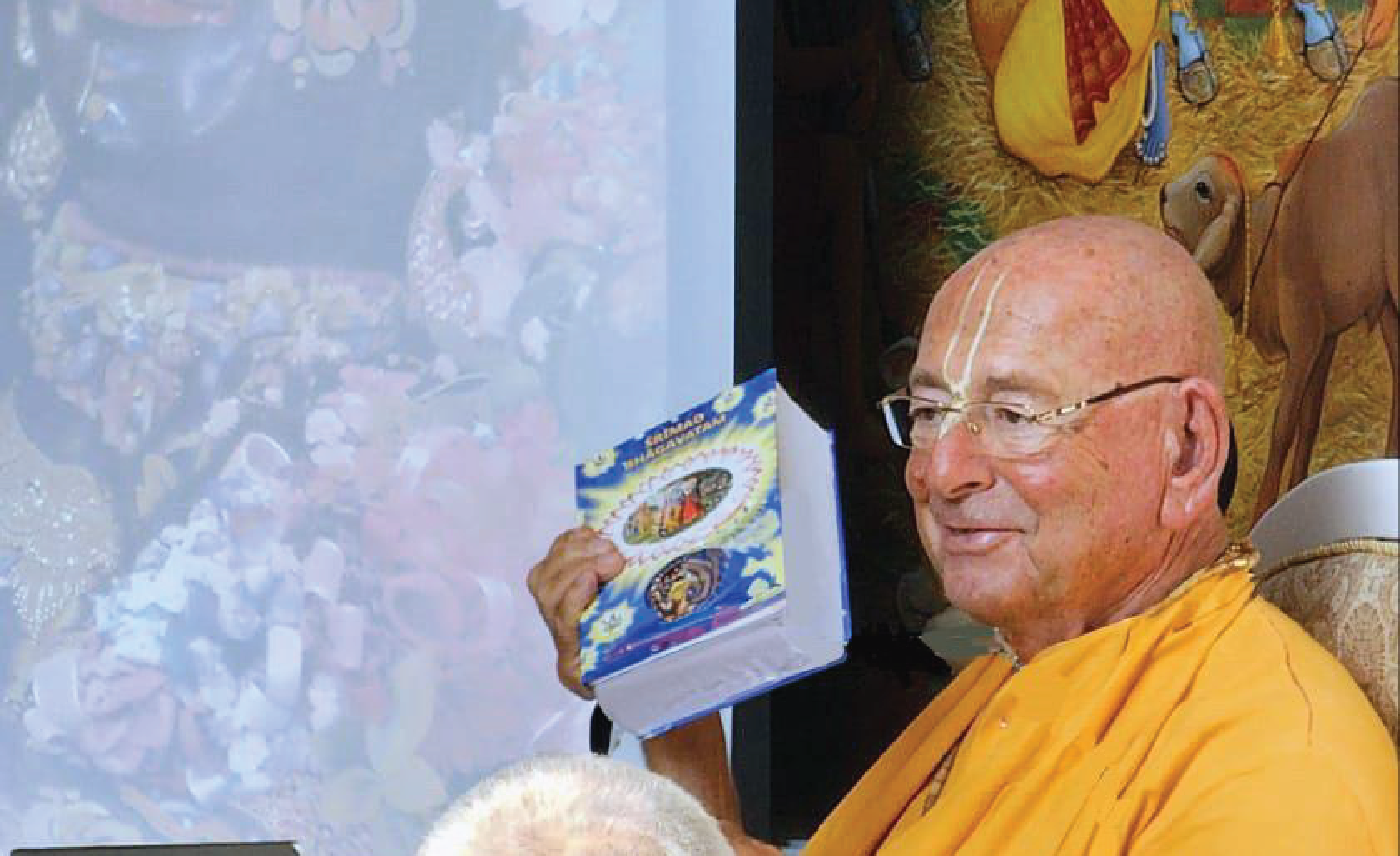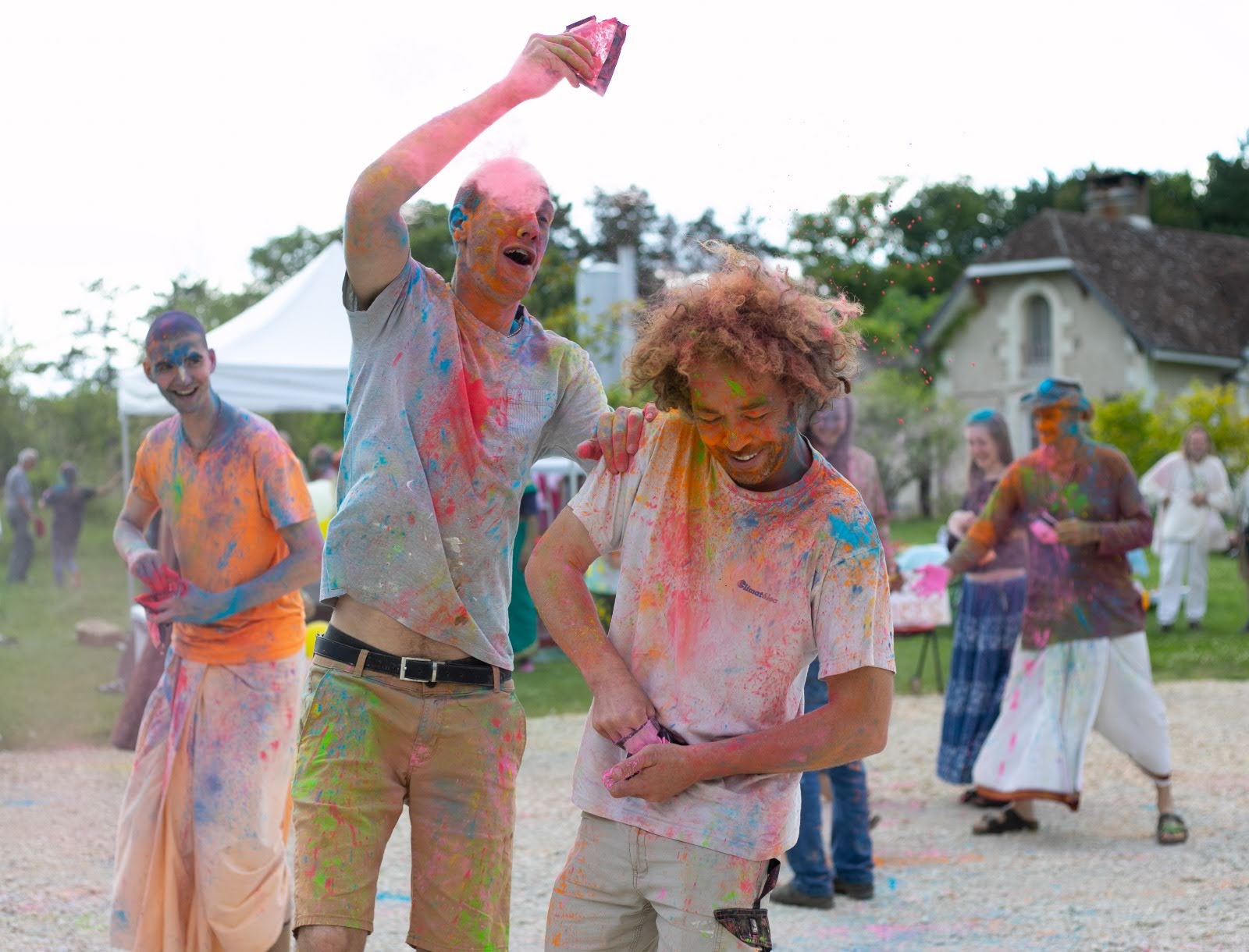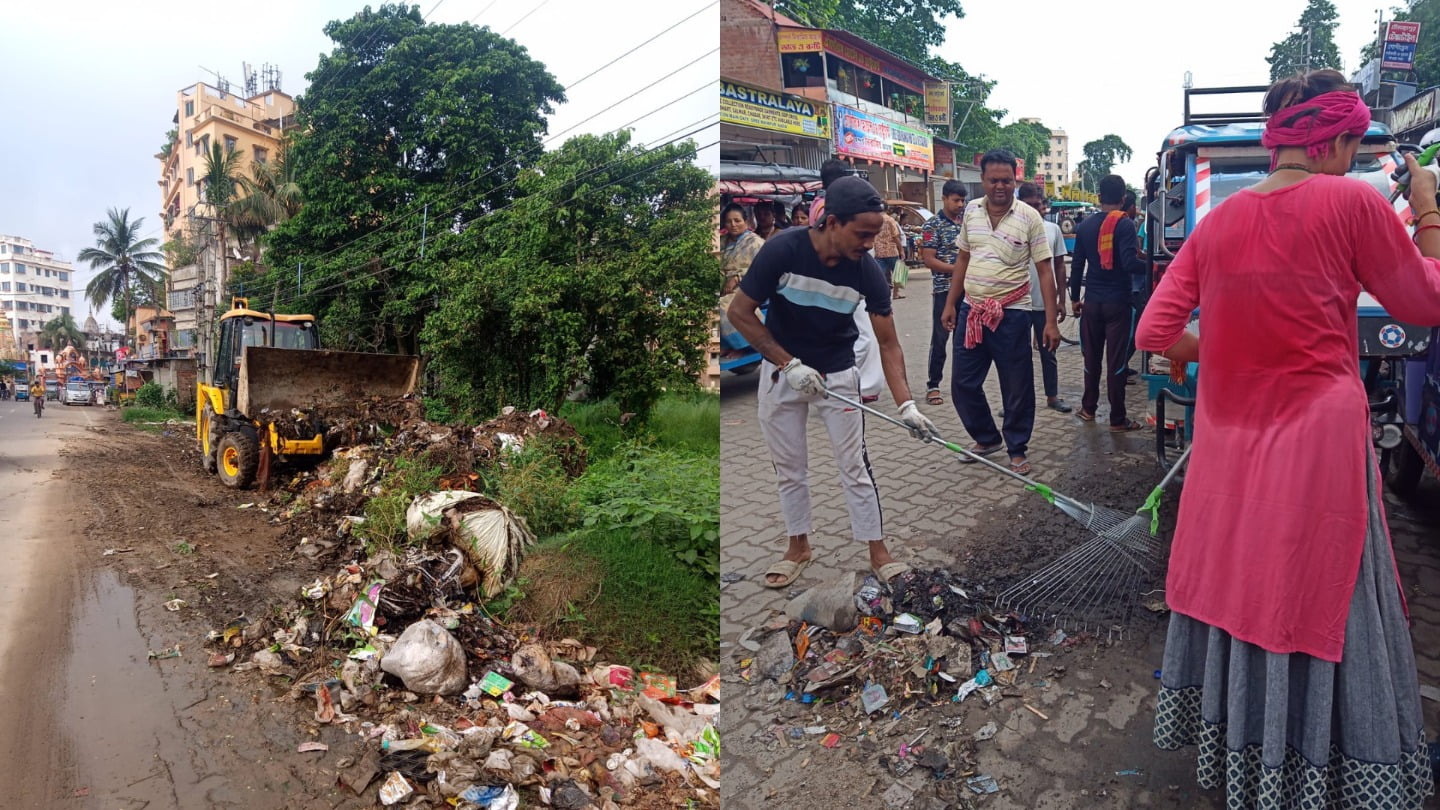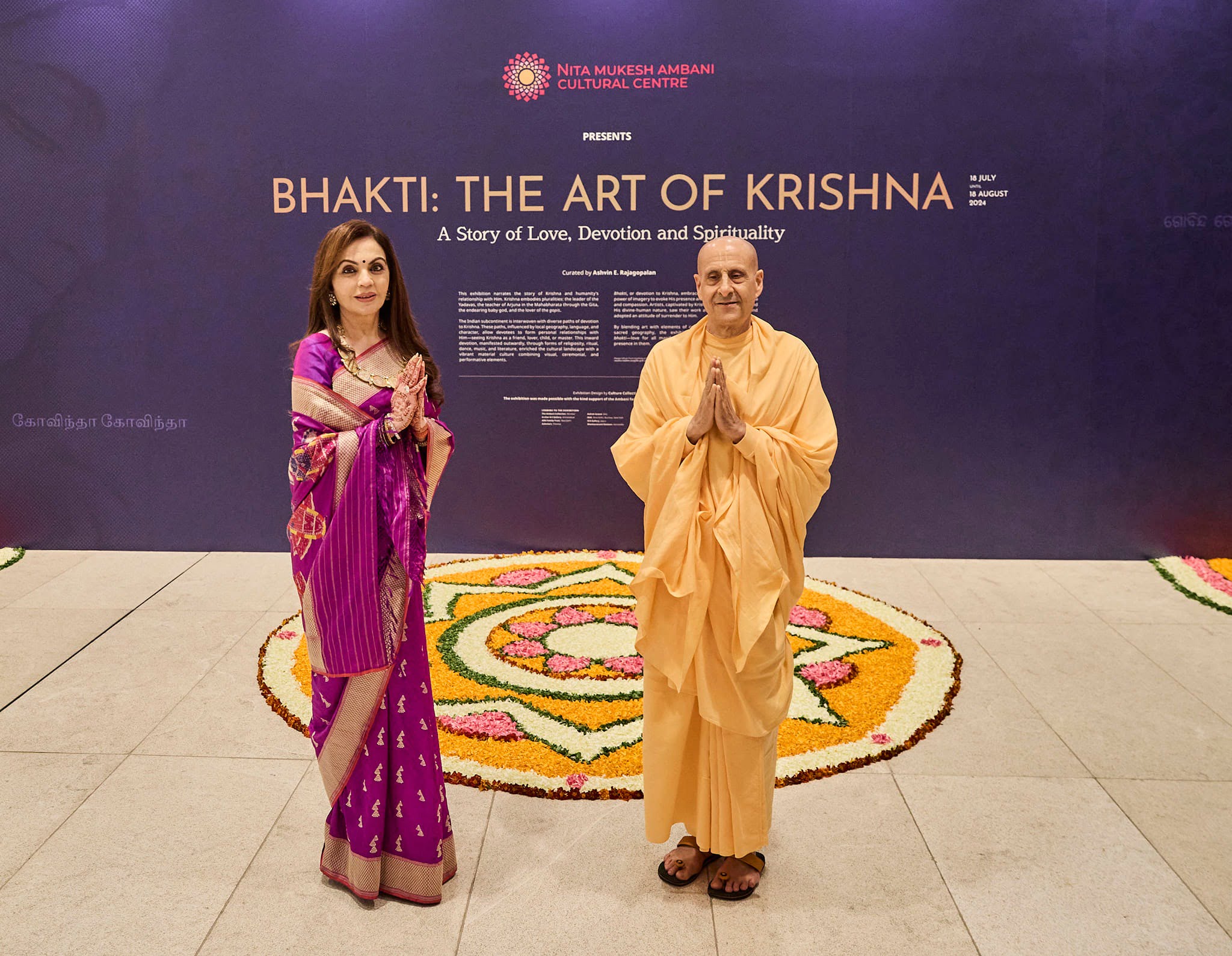PhD Thesis Tackles “Zonal Acharya System”
By Madhava Smullen | Jul 24, 2010
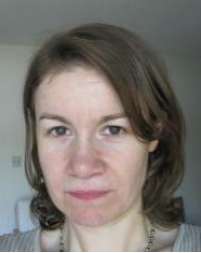
A student at the University of Leeds, England, is doing her PhD thesis on a rather unique topic: ISKCON’s zonal acharya system of the 1980s.
Already a staff member at the ISKCON Studies Institute’s ISKCON Archive, Arya Dasi was assigned the ISKCON Oral History Project, a subset of the Archive, in 2003. The project is funded by Ambarisa Dasa (Alfred Ford).
In October 2004, with a ticket sponsored by Manikundala Dasi, Arya set off around the world to interview devotees about their experiences in ISKCON over the years.
“I began with disciples of ISKCON’s founder Srila Prabhupada, because of their knowledge of the movement’s early days, but also because they are growing older and so many have left us recently,” she says. “Sadly, I am fighting against time trying to gather this material.”
In January 2006, Arya’s work for the Oral History Project began to concentrate specifically on the zonal acharya period, which will be the focus of her PhD thesis for the University of Leeds.
Running 300 pages long, the thesis will take a thematic approach rather than a chronological one, supporting a deeper look at its subject. Each of its nine chapters will focus on a different aspect of the period, beginning with the rise and fall of the zonal acharya system.
“Before Srila Prabhupada passed away in 1977, he confirmed in a discussion with GBC members that he wanted his disciples to initiate after his departure, and that the initiates would be their disciples. A few months later, he named eleven of his disciples in top leadership positions to initiate on his behalf while he was still present, as he was unwell,” Arya explains. “They were Tamal Krishna Goswami, Jayapataka Swami, Hridayananda Dasa Goswami, Satsvarupa Dasa Goswami, Harikesa, Bhagavan, Ramesvara, Bhavananda, Kirtanananda, Hansadutta, and Jayatirtha.”
After Srila Prabhupada departed, the GBC named these eleven as new gurus in ISKCON at the 1978 GBC meetings in Mayapur, India. Each of them became the initiating guru for particular zones, or areas of the world. Devotees couldn’t choose their own guru; if they wanted to be initiated, they had to be initiated by the guru heading up the area in which they lived. “Usually the only way that someone could take initiation from a different guru that they felt more inspired by was if they moved to a different zone,” says Arya. “At some point this became known as the zonal acharya system.”
In 1981, Bhakti Svarupa Damodar Swami, Gopal Krishna Goswami, and Pancha Dravida were added to the list of zonal gurus in an attempt to open up the position of guru to other disciples of Srila Prabhupada
From 1980 it became clear that some of the gurus were experiencing difficulties in carrying out their roles as guru and the GBC made various efforts to deal with these difficulties. At a routine temple president’s meeting in 1984 in Towaco, New Jersey, the attendees began expressing to each other their dissatisfaction with the gurus and realized that they shared a common concern. They continued to regularly meet to find a solution, and what later became known as the “guru reform movement” was born.
In 1986, five gurus left their positions, signalling the demise of the zonal acharya system: Bhagavan resigned, while Ramesvara and Bhavananda were removed, and Kirtanananda and Pancha Dravida were expelled from ISKCON. In addition, the Vyasasanas, or seats of honor, that were kept in each temple for its zonal acharya were removed. In his later analaysis of the time, Ravindra Svarupa Dasa—a leader of the guru reform movement—writes that the removal of this symbol of exclusive power was a key step in the change that followed.
After a nearly ten-year run, the zonal acharya system came to an official end in 1987, when GBC resolutions overturned the requirement to take initation from the guru of one’s particular zone, and authorized several more devotees to initiate disciples.
One of the central arguments in Arya’s thesis on this period, which she presented at the 2009 ISKCON Studies Conference in Italy, is the need to unearth narratives other than the “master narrative.” She defines this as: “We had a zonal acharya system; it was not a good thing for ISKCON; it needed to be brought to an end and reform needed to take place; and it did; so now ISKCON is better off.”
“I’m not arguing that this is an invalid narrative,” Arya is quick to clarify. “Simply that the master narrative which has dominated literature on the subject reflects the views of people who were leaders or reformers and gives us a very simplistic understanding; and I think we need a more nuanced and full understanding of what happened.”
That’s why, as well as talking to Prabhupada disciples, leaders and gurus both active and inactive in ISKCON—including eight of the original eleven “zonal acharyas”—she has also interviewed their disciples and other devotees who weren’t in positions of leadership. All in all, this amounts to about 150 interviews in the UK, the US, Canada, Germany, Australia, New Zealand, Fiji, and India.
“Interviewing a cross section of people will provide different perspectives, and a more well-rounded account of the time,” she says.
In her thesis, Arya will also analyse whether the guru reform movement was really as beneficial as is widely believed within ISKCON, and what issues have been left unresolved. Raising this question at the 2009 ISKCON Studies Conference, she expressed her opinion that a more thoughtful, and less reactionary approach to the reform could have been more effective.
“In 2008, I interviewed Dr. Thomas J. Hopkins, professor of religious studies at Franklin and Marshall College USA, and an admirer of Srila Prabhupada who has studied ISKCON history and theology,” she says. “Hopkins suggested that an institution such as ISKCON needs a body of trained theologians to discuss issues and figure out its official positions on them; rather than simply having many people energetically defending their varying positions. Unfortunately, ISKCON was not in a position to do this at the time due to dealing with the many urgent concerns that a dynamic but relatively young religious institution has to deal with.”
Arya’s thesis will also address the question of to what extent the problems resulting from the gurus’ leadership were due to the the individuals who took on the role of guru, and to what extent such problems were an inevitable result of systemic aspects of hierarchy within a religious organization.
“These people were trying to live up to impossibly high expectations,” she says. “It takes an extraordinary and very rare person—such as Srila Prabhupada—to live up to expectations like that. Most cannot. One of the ex-gurus I interviewed expressed that he would have liked to continue doing his service for Srila Prabhupada, but it was a packaged deal—he had to be a sannyasi and a guru if he wanted to continue in his service.”
While she admits that such things are easy to say in retrospect, Arya feels that less judgement and more of a willingness to be compassionate for what these leaders were going through could have been helpful. “They were only human,” she says. “I feel that it’s important as an institution for us to have less finger-pointing and blame, and more appreciation and understanding that everyone has their own experience and challenges in spiritual life.”
Finally, the PhD thesis will discuss how its conclusions can help inform decisions that will facilitate effective leadership in ISKCON in the future.
“As part of our maturing as an institution, I think it’s important for us to have an understanding of our history, how it affects where we are today, and how we can improve,” Arya says. “And as a collection of devotees connected to this institution, this understanding will help us work together more cooperatively and support not only each other, but also our leaders, in service and spiritual life.”
Arya will soon complete her research and move on to organizing her collected data, before submitting her finished thesis in December 2011. It is not expected to be available to read at www.theses.com until late 2012, with a possible book to surface a year or two later.
After she completes her thesis, Arya will continue to work on the broader ISKCON Oral History Project. Eventually, her interviews, which focus mainly on the 1970s and 1980s, will be transcribed and printed, a more stable medium for preservation. They’ll then form part of the ISKCON Archive, and will be used as a resource for ISKCON members and scholars.
“I would encourage everyone to do their own projects locally,” Arya says. “They don’t have to be academic—just go around with a recorder and start getting people’s memories.
“I think it’s very important to capture this information now while we still can, and while we’re still in the early stages of ISKCON.
“There’s an unlimited amount of work to be done in the ISKCON Oral History Project,” she concludes. “And I’d be happy to make it my life’s work.”
If anyone would like to start their own oral history project and has questions they can contact Arya at arya@ochs.org.uk
Copies of recordings and other materials relevant to ISKCON’s history can be deposited with the ISKCON Archive by contacting Lal Krishna Das at lal.krishna.sdg@pamho.net





